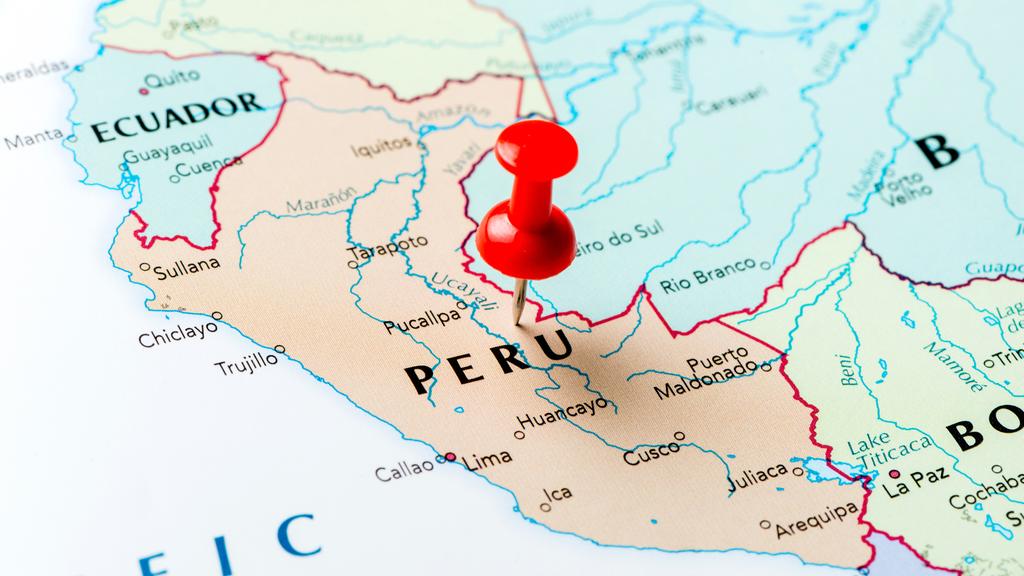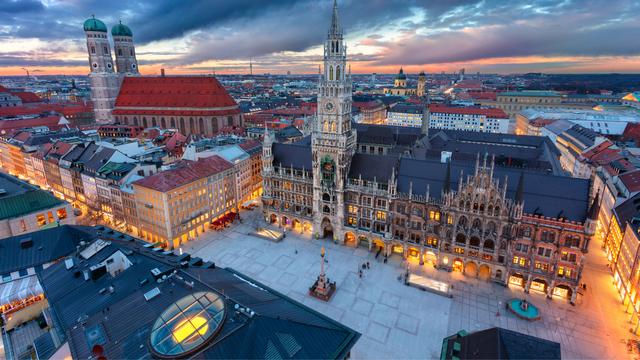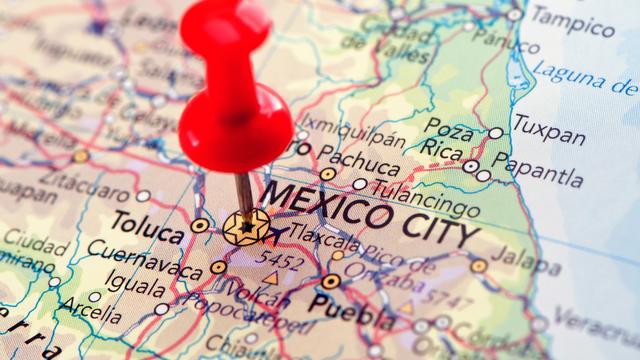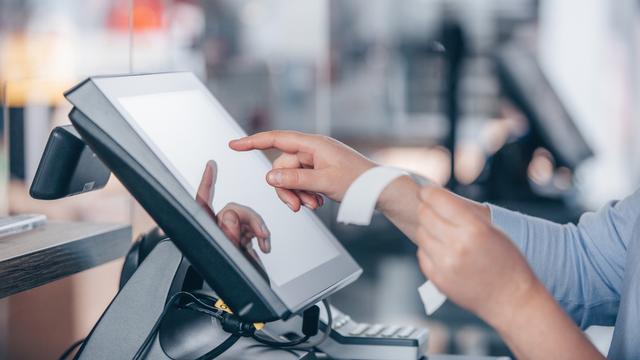Opening a restaurant in Peru is an interesting challenge. Peru is one of the countries whose gastronomy is appreciated worldwide thanks to the interesting cultural mixes that take place in it. It is one of the Latin American countries where it is easier to undertake, and you can do it regardless of whether you have Peruvian nationality or not. In this guide, I will guide you step by step through the process of opening a restaurant in Peru. Let's get started!
Note: Most of the resources linked here are in Spanish. Currently, there are no useful websites that are helpful in these matters and the government websites listed here are not translated either.
Begin by defining the idea of your restaurant
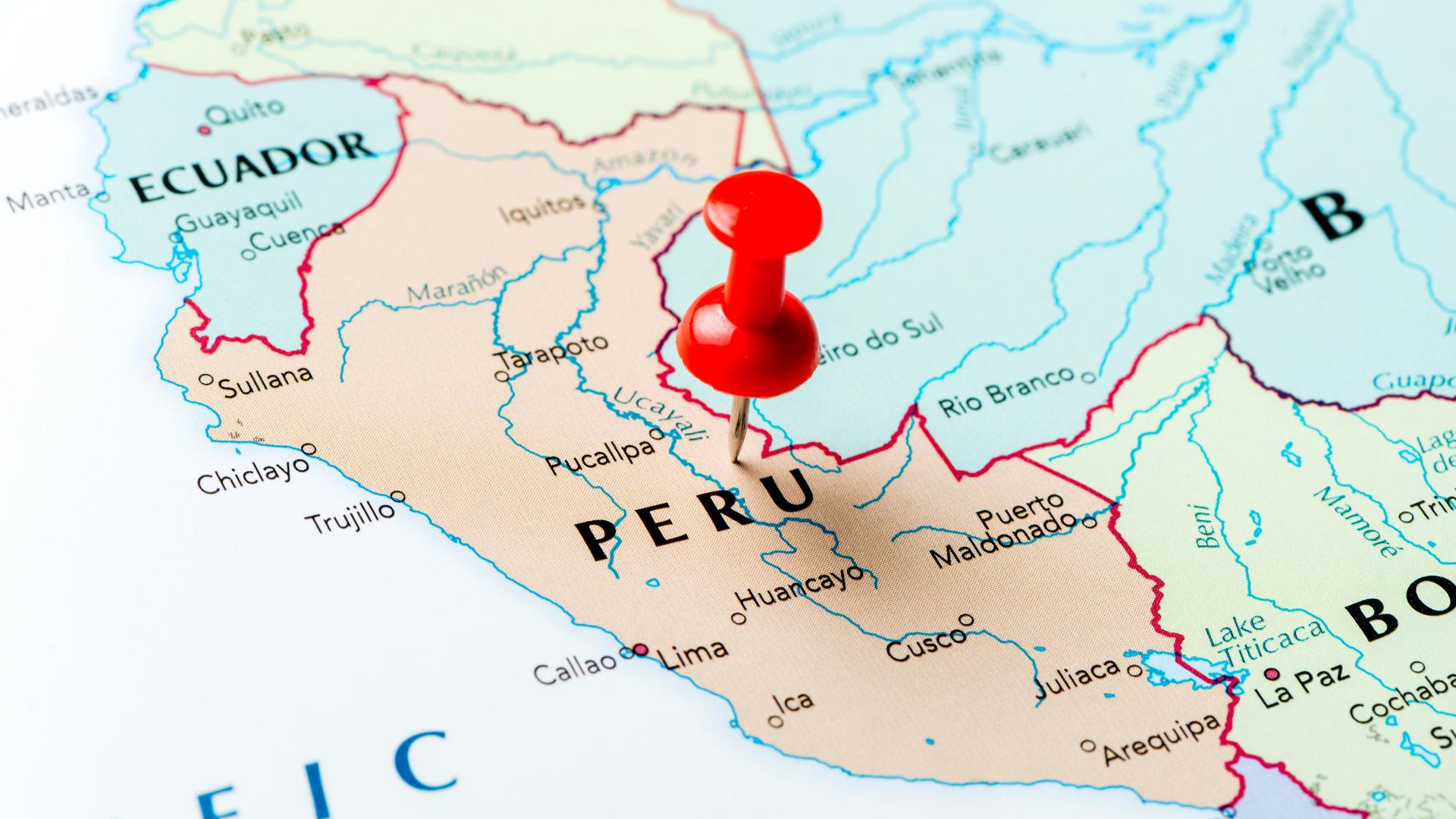
Although other guides begin with the first steps you must complete to start your restaurant, in Peru, the most important thing is to have a good concept. Without a good concept and an attractive gastronomic offer, it is very difficult for your venture to succeed. That is why it is highly recommended that you create a good business plan before you even start looking for a business location. You need to get evidence and data to support the idea you have – you can do this by conducting surveys in the city where you want to open your restaurant. It is also recommended that you conduct tests, standardize how you prepare your recipes to maximize quality, engage with your first customers using a light business model (such as ghost kitchens) if possible, conduct market research, and more. All this will help your gastronomic offer to be accepted by an existing public, which makes opening the business less of a gamble. You should also include the following:
- An initial marketing strategy for the restaurant
- A defined branding strategy and all that it encompasses in the restaurant
- The restaurant's operations manual
- The estimated budget for the project and more
After doing this, you can start with the next step.
1. The commercial premises
In Peru, you must follow the zoning rules since they limit the commercial premises that you can use to establish a restaurant. You must choose a type II venue so it’s possible to open a restaurant in it. It is also important that the commercial premises comply with the sanitary regulations imposed by MINSA (Ministry of Health) – it is a good idea to have the help of a real estate professional with experience in commercial premises for restaurants. That way you can rent or buy a commercial space that meets all or most of the requirements to save money on remodeling. If you want to sell alcohol, you'll also need to ensure it's more than a hundred meters from the nearest school.
2. Establishment of operations
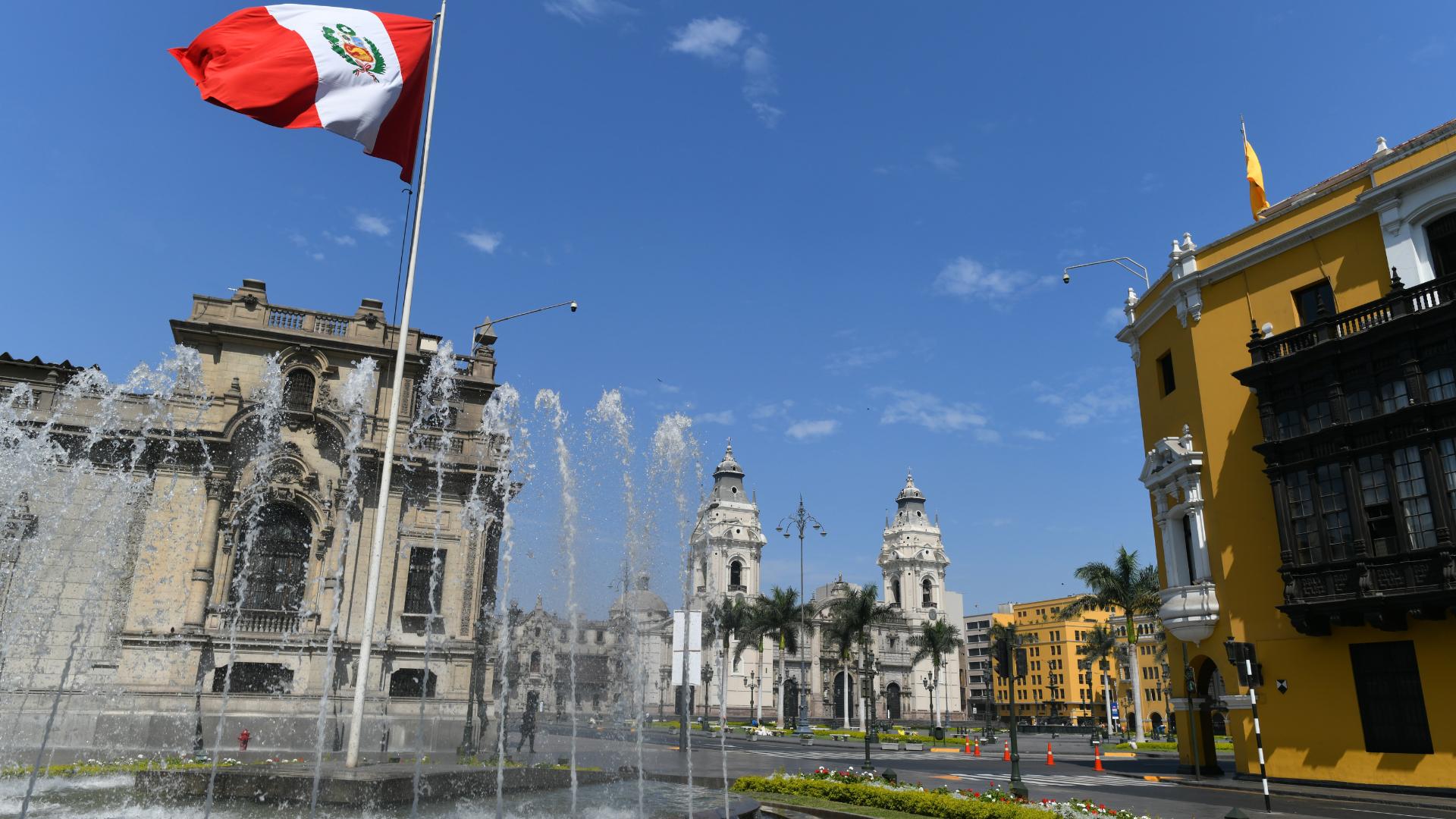
After you have commercial premises, you must establish the way in which you are going to operate the business. That usually means starting a business and meeting various legal requirements. This step will be time-consuming, so it's a good idea to prepare yourself with legal and accounting advice to do it in the shortest amount of time possible. Alternatively, you can choose to trade as a natural person, which makes the process much simpler. Therefore, in this part of the guide, I will focus mainly on legal entities.
The steps to follow in the process of opening a company are the following.
2.1 Registration of the name of the company
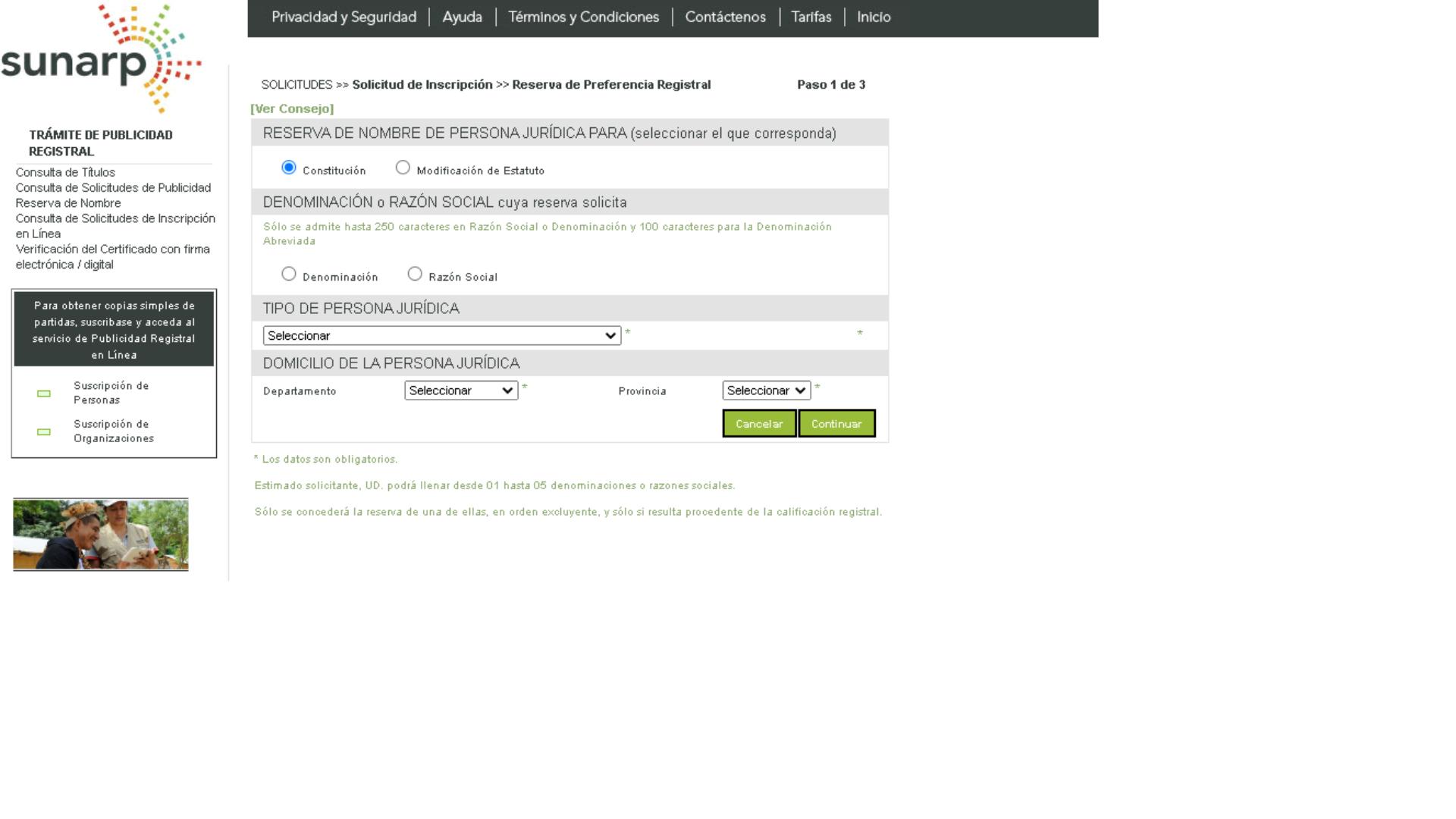
The registration of the name of the company is carried out in the SUNARP or National Superintendence of Public Registries. The process is quite simple and you can do it in person or virtually. The first thing you should do is check if the name you want for your company is already registered, which is done automatically on this portal. You must enter one to five different names – the process will take care of verifying the name in the database and will give you the name that is not in use. It is important that the names you provide are ordered from most desired to least desired. You will get your results in about 24 hours.
Once you verify that the name you want for the company is not registered, you must reserve it on the SRPL portal (Servicio de Registro Publicitario en Línea or Online Registration Advertising Service) – you must join to be able to carry out the procedure. After that, you must join SID-SUNARP, which is the Digital Intermediation Service, to continue with the procedure. Inside, you must choose the type of legal entity you want to register, the notary of your preference, and provide all the necessary information such as the data of all the members of the company, the capital, the information of the company, company name, and more. . For this point, it is necessary that you have a document, Minutes, or Statutes document created by a lawyer. You will also need to choose a tax regime – learn about the different types of tax regimes in Peru here.
Then you can download a format with the information you entered and if you are satisfied, you can finish the process. This will cause the registration request to be sent to the notary office you have chosen. You will also receive a certificate of application for company incorporation, which you can download and print to complete the process. After that, you will have about 30 days to complete the process at the notary together with the other members of the company (if they exist) and finally, you will receive a message in your email that will notify you of the registration date, the title number of the company, and other useful information. You can check all the steps to follow here. This will also automatically register you in the RUC (Registro Único de Contribuyentes or Single Taxpayer Registry) – you will receive the information in the message you receive in your email.
RUC procedure (individuals)
The RUC is a procedure that you must complete independently if you decide to operate as a natural person. This process is quite simple and takes little time because it is online. You can find the steps you must follow here.
3. Municipal operating license
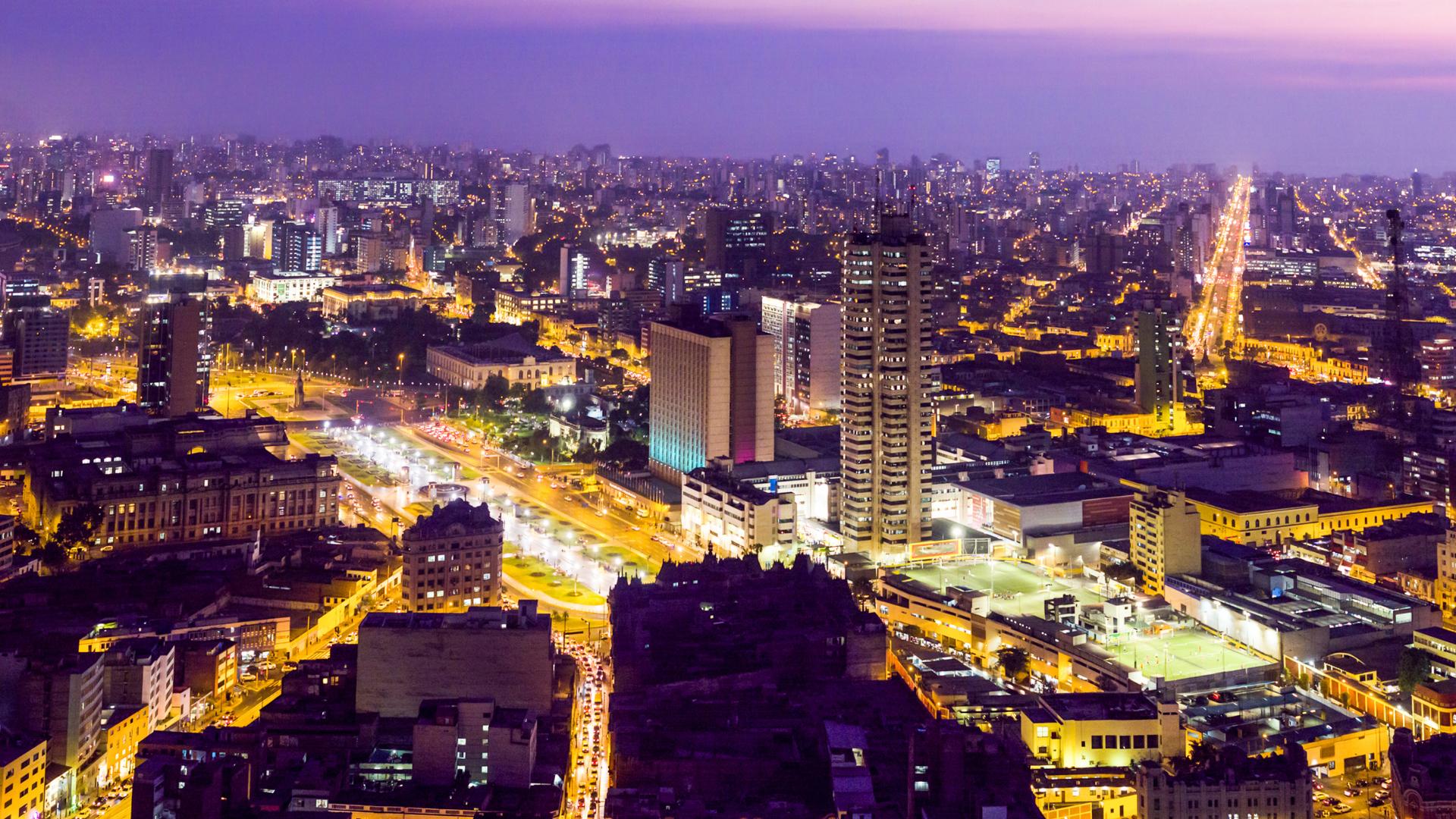
In Peru, you must have a municipal operating license to operate a restaurant in a specific business location. If you have already chosen a commercial space, by this point it should be part of your property (and in this case, part of the non-monetary of the company) or at least you should have it rented in the name of the company. This license is requested in the municipality where the business premises are located. The requirements vary depending on the municipality, but in this article, we will mainly talk about the necessary requirements for Lima. They are as follows:
- Application for Operating License, as an Affidavit, must include:
- If it is a legal person: its RUC number and the DNI (ID) or Immigration Card number of the legal representative.
- If it is a natural person: their RUC number and DNI or Immigration Card, and in case they act through representation, the DNI or IC number of the representative must be indicated.
- In the case of legal entities, an Affidavit from the legal representative or attorney must be submitted indicating that their power of attorney is in force, including the Electronic Entry number and SUNARP registration entry. If it is the representation of natural persons, a simple power of attorney signed by the principal must be attached, mandatorily indicating their ID. In the case of attorneys with power registered in SUNARP, only an Affidavit must be submitted with the same terms established for legal persons.
- Affidavit of compliance with the safety conditions in the building.
It's a good idea to hire an experienced manager or throughout the process use an attorney with business start-up and licensing experience to ease the process.
4. Sanitary requirements and Building Safety Technical Inspection Certificate
After you have your operating license, you must process the Building Safety Technical Inspection Certificate (ITSE). This is a procedure that is necessary to operate your restaurant. However, the requirements vary greatly depending on the specific location of the business premises and the risk level of the business. To process this permit, it is a good idea to have advice from Civil Defense. This is recommended because to obtain it you must carry out what in other countries is called a technical project – it must include the architectural plan of the commercial premises, emergency exits, electronic plan, and more, and also with the signature of a licensed architect. Regarding sanitary requirements, you must comply with the standards established in this document. Your restaurant will also be evaluated by an officer of the health authority using this form.
5. Requirements for hiring staff

This is one of the areas in which you will require accounting and legal advice. In Peru, there are certain laws that protect employees and make it mandatory for you to comply with certain rules and regulations for your restaurant to operate within the law. For example, when you hire staff, you must take care of registering them in the T-Registro (T-Registry), which is a platform that stores all the information of your employees. You must also terminate them if the employment relationship is terminated. In addition to that, you must also manage the Plame (Planilla mensual or Monthly form), which is a monthly payroll form in which you must place the income of your employees. Specifically, you must enter payments for services, discounts, working and non-working days, and overtime. You must also indicate fourth or fifth-category tax withholdings, and contributions to EsSalud, and +Vida, among others that are legally applicable.
You will also have to meet other requirements, safeguard certain employee rights, and more. You can learn everything you need to know about hiring in Peru with this guide.
And now you can start operating your restaurant!
Once you have met all the requirements, you have obtained all the licenses, and you have hired your workers, you can start operating your restaurant. It should be noted that it is important that you take care of the following processes:
- You must find suppliers for the supplies that you will sell in your restaurant
- You must make the first purchase of inventory
- You must train the staff to offer the type of service you want to offer in your restaurant
- You must also decorate and create a pleasant atmosphere in the restaurant
- And much more
You will also have to take care of other things, such as marketing, establishing a point of sale system to facilitate the operation of the restaurant, and more. All of these things are part of the daily operations of a restaurant, so they will not be included in this guide. However, we invite you to read our articles on those topics so that you can start running your restaurant successfully. This is how your journey as a restaurant owner in Peru begins!
